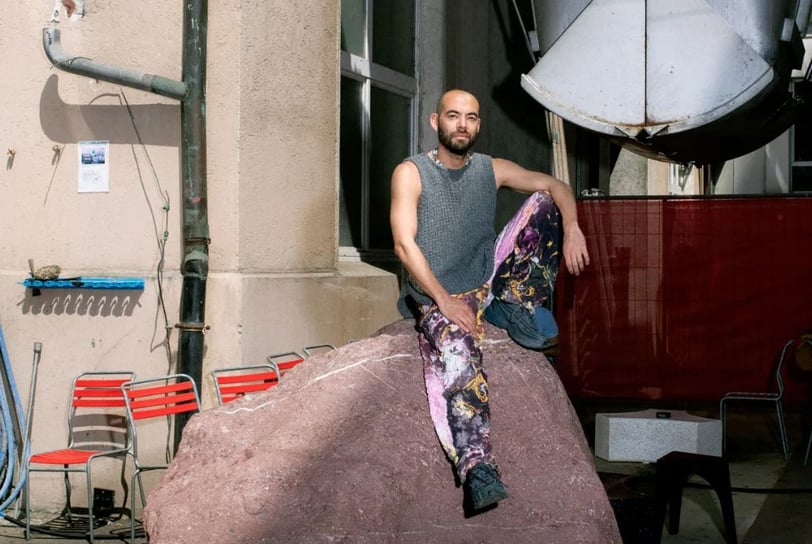The Transition of Fitzpatrick Gallery: Embracing a New Chapter in Art
ARTE
11/7/20242 min read


The Announcement of a New Era
A few days prior to the much-anticipated opening of Art Basel Paris last month, the Fitzpatrick Gallery, based in Paris, reached out to its subscribers with a significant announcement. The email, appropriately titled “The Next Chapter,” was penned by the gallery’s founder, Robbie Fitzpatrick. It conveyed pivotal news regarding the forthcoming exhibition by the acclaimed artist Hannah Weinberger entitled “Someday You’ll Join Us.” This exhibition is not just another showcase; it represents a landmark moment as it is set to be the final one at the gallery’s physical location in the Marais neighborhood of the French capital.
Rethinking Physical Spaces
The decision to close the gallery’s physical space marks a crucial shift in Fitzpatrick Gallery’s operational strategy. In an era where digital engagements and nomadic gallery concepts have gained traction, Fitzpatrick’s move may echo a need to adapt to contemporary art consumption trends. The transition from a traditional gallery model to a nomadic format reflects the evolving nature of art dissemination and promotes greater accessibility for artists and audiences alike. Fitzpatrick’s vision signals a broader change in the art world, where the spotlight is now placed on flexibility and innovation.
Art Beyond Boundaries
Robbie Fitzpatrick’s statement emphasizes the importance of reimagining the space in which art exists and is experienced. The gallery has been a prominent player in curating thought-provoking exhibitions, yet the closure of its physical location does not signify the end. Instead, it serves as an invitation to forge new connections and explore fresh environments for artistic expression. Exhibitions like “Someday You’ll Join Us” are intended to transcend geographical limitations, engaging a wider audience and fostering collaborations across various platforms.
The future ambitions of Fitzpatrick Gallery promise to dismantle the barriers traditionally associated with gallery confines, favoring dynamic presentations that resonate with a modern audience. Art enthusiasts can anticipate a redefined experience that integrates both physical and virtual elements, paving the way for innovative encounters with contemporary art. The commitment to sustaining artistic conversation and advocating for artists remains steadfast, even as the venue evolves.
As the art community approaches this new chapter for Fitzpatrick Gallery, it stirs curiosity about what lies ahead. The evolution of the gallery model will undoubtedly influence a generation of artists and collectors, fostering a more inclusive and diversified art landscape.
